Short days and inclement weather in the early weeks of 2017 resulted in a slow down in Project 28 activity. I did however fit in trips to France, Spain and Ireland. The towns chosen for Project 28 in those countries were Laval, Salamanca and Galway.
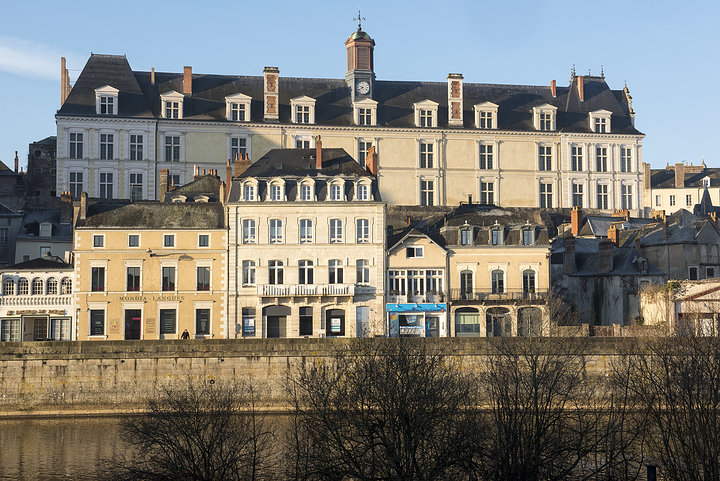
I chose Laval on the basis it is twinned with Boston, Lincolnshire. Other than being similar sized market towns in rural locations there are few similarities between Boston and Laval. Least of all is their attitudes towards the EU. Boston had the biggest percentage leave vote in the whole of the UK influenced very much by immigration levels. Laval on the other hand, seeing its population fall as its traditional linen industry declined, used EU funds for a technology park to attract new industries to the town offering the people an alternative to moving to major cities.
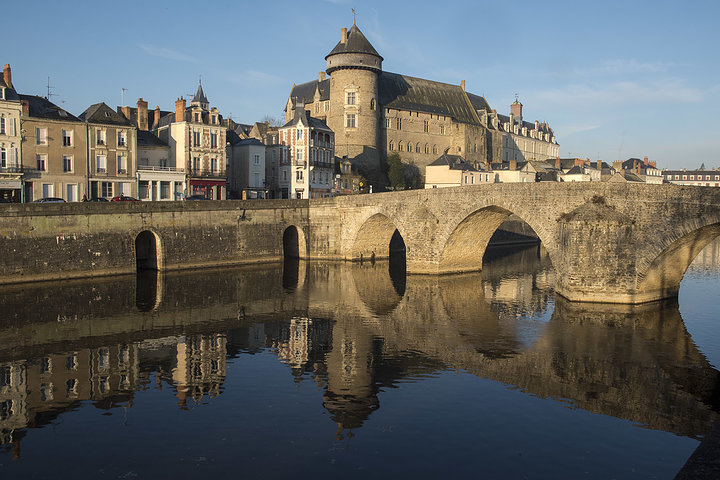 Mussee de Vieux - Chateau and Pont Vieux
Mussee de Vieux - Chateau and Pont Vieux
This is the iconic image of Laval, the Mayenne, the chateaux and the Pont Vieux.
Laval to me was all about the river, La Mayenne.
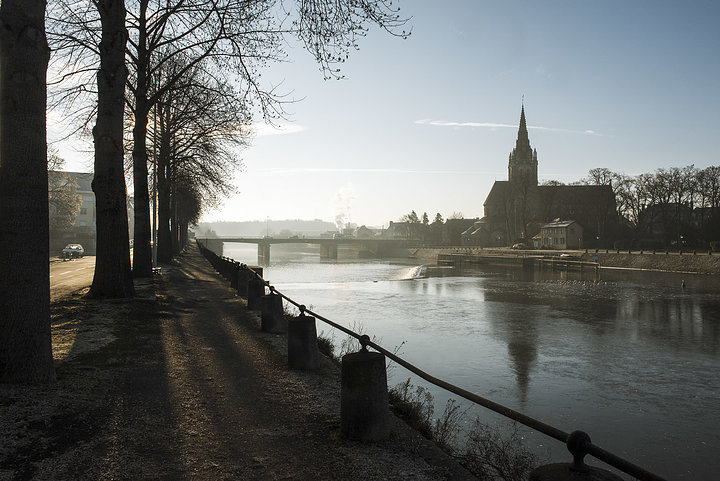 Basilique Notre Dame d'Avesnieres
Basilique Notre Dame d'Avesnieres
The weather during my stay was bitterly cold, the river turned to ice for much of each day. The clean cold air and winter light made for some nice images though.
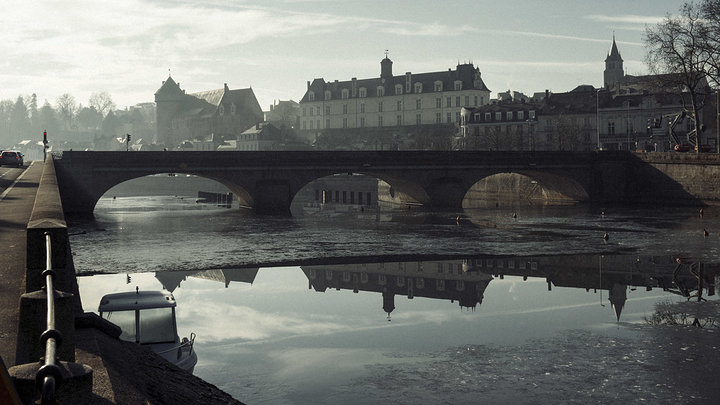 Pont de l'Europe
Pont de l'Europe
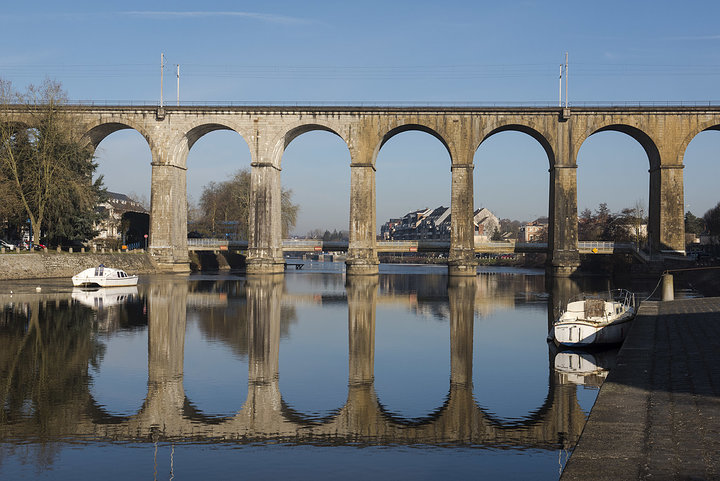 Le Viaduct de Laval
Le Viaduct de Laval
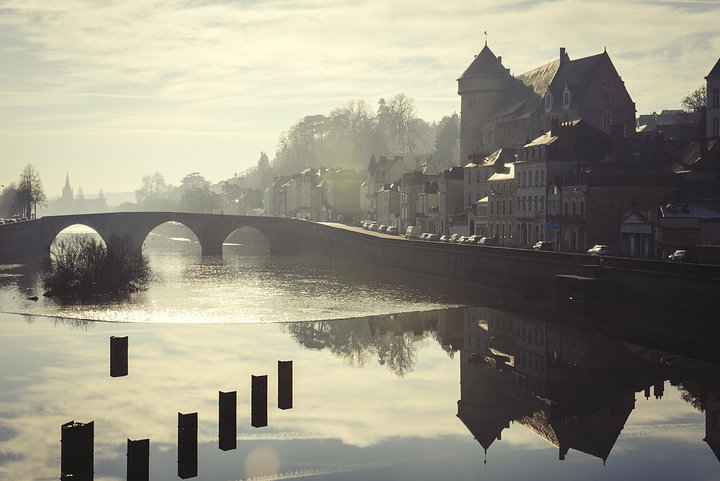 Pont Vieux
Pont Vieux
The old bridge with the chateau on the right and the Basilique Notre Dame d'Avesnieres in the distance.
I left Laval and headed by train to Salamanca, Spain
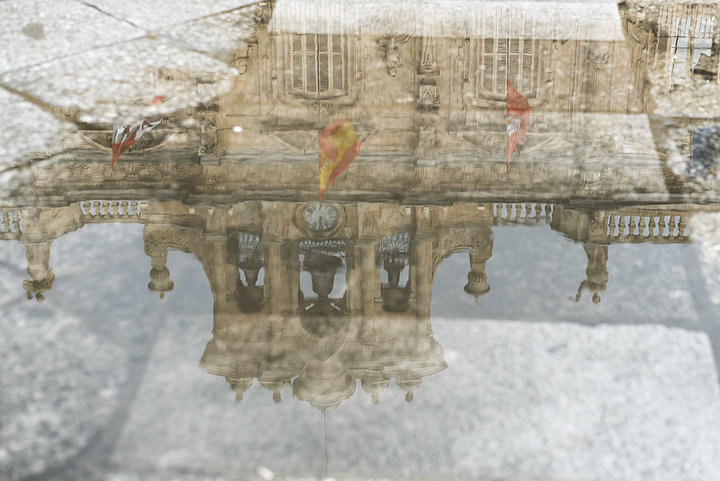 City Hall reflection in Plaza Mayor
City Hall reflection in Plaza Mayor
Salamanca in January proved to also be bitterly cold (more so than is usual I was told) and quite wet (it is on the plain I guess). Not what one expects when visiting Spain but on the positive side I had far less tourists to wrestle with than would have been the case for most of the year.
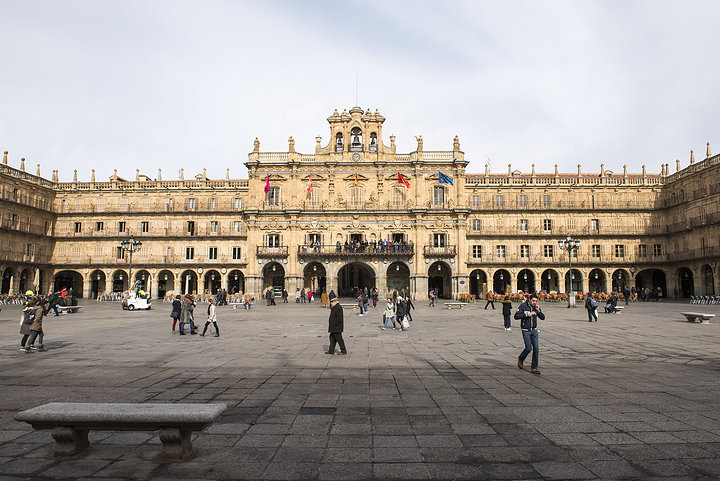 Plaza Mayor
Plaza Mayor
A friend had mentioned to me Lazarillo de Tormes so I sought out the sculpture in memory of Salamanca's most famous son.
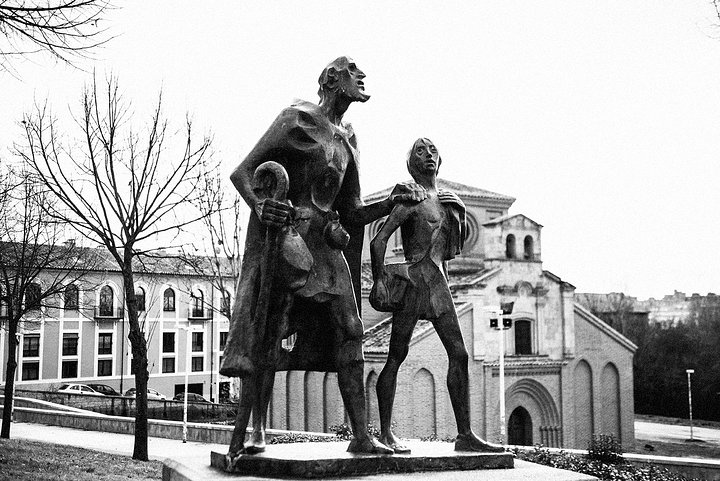 Lazarillo de Tormes
Lazarillo de Tormes
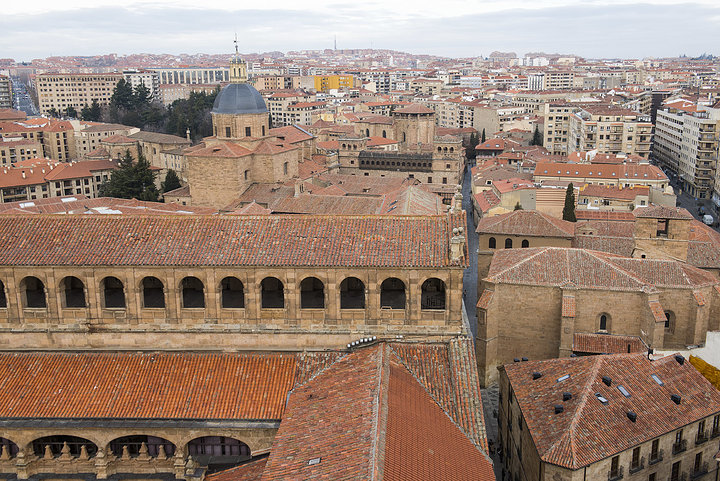 Salamanca from Scala Coeli
Salamanca from Scala Coeli
If you have been following Project 28's progress you will be aware that since the outset if there is a ariel view available in the town I am visiting I take advantage of it. In Salamanca it was Scala Coeli. The climb there differed from any to date as the staircase was wooden, the stairs are narrow towards the top and finish with a tight spiral to the bell tower. There are two towers de Clerecia joined at the top by a walkway. There is a 360 degree view of Salamanca. My first ascent was met by a squally storm as I reached the top, I didn't venture out, in fact it was difficult to maintain a footing inside the tower. The following day the weather a lttle calmer enabled me to get some shots.
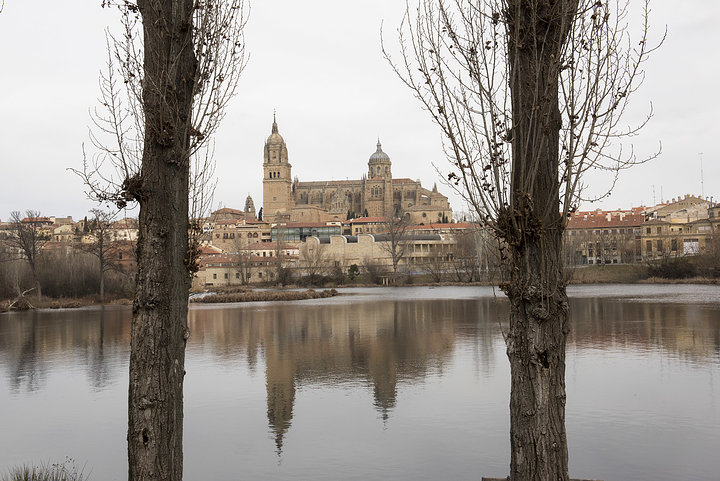 Catedral Nueva
Catedral Nueva
The break in the weather enabled me to take a walk across the Roman bridge to the far side of the Tormes and look back at old Salamanca.
My return journey by rail involved a border crossing just South of Perpignan, on my journey to Spain I had crossed into Spain North of Irun on the Atlantic side. The crossing that way was, as one would imagine between Shengen countries, unnoticeable. The only difference I noticed when changing trains at Irun was on board the Spanish train the staff totally ignored the no smoking rule. However on my return my train, travelling from Barcelona to Lyon, stopped at Perpignan for an age. The train was boarded by numerous police and the ID of every passenger was thoroughly checked before the train moved on (40 mintes late putting connections at risk). This was my first experience of border control (other than at airports) during the project so far. I assumed it was prompted by terrorist concerns.
Next on my 'winter schedule' was Ireland, Galway in particular.
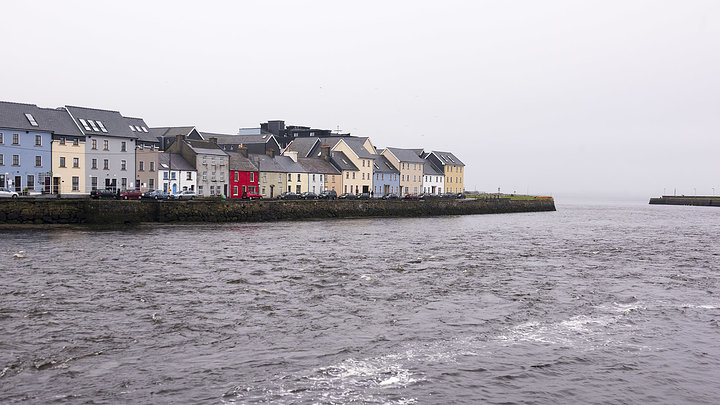 The Long Walk
The Long Walk
I guess the colourful houses of the Long Walk are the most photographed in Galway.
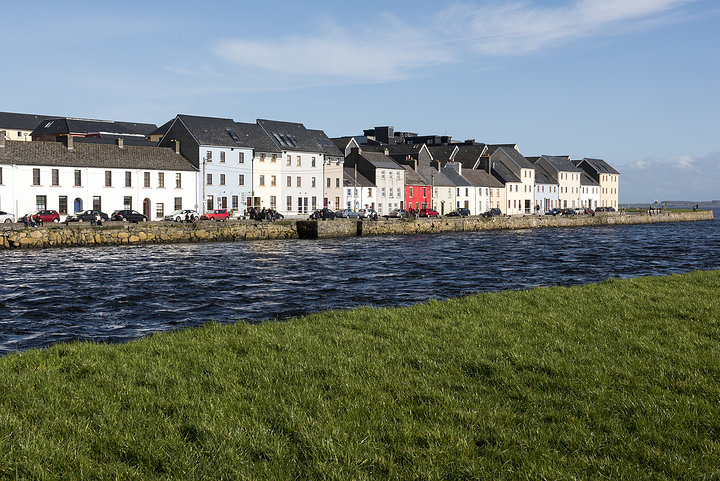 The Long walk with the sun out
The Long walk with the sun out
Friends have told me I was lucky to see them in the sun and I must admit it was brief. The term 'wild Atlantic coast' is not inappropriate.
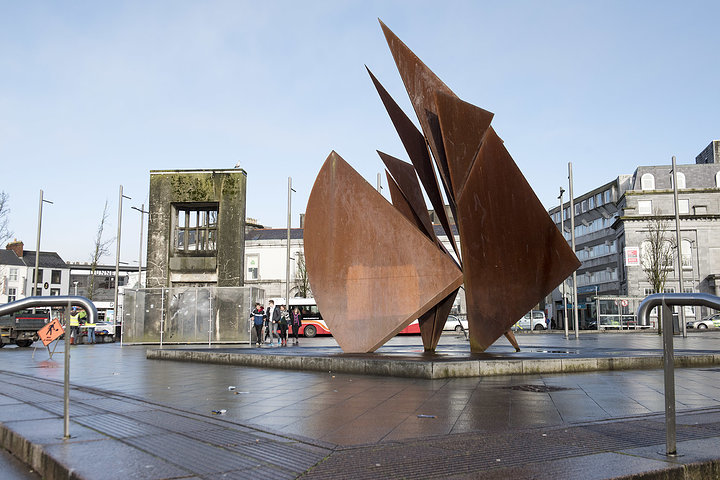 Eyre Square
Eyre Square
The central landmark of Galway with the Browne Doorway and the Galway Hookers. A man I met told me Galway is 'all about the Craic and the Hookers', thankfully he explained that Hookers are traditional fishing vessels before I got the wrong impression. Eyre Square is also know as Kennedy Square and there is a bust and a plaque to JFK commemorating his visit in 1963. JFK is revered in Galway more than I could ever have imagined. In fact..
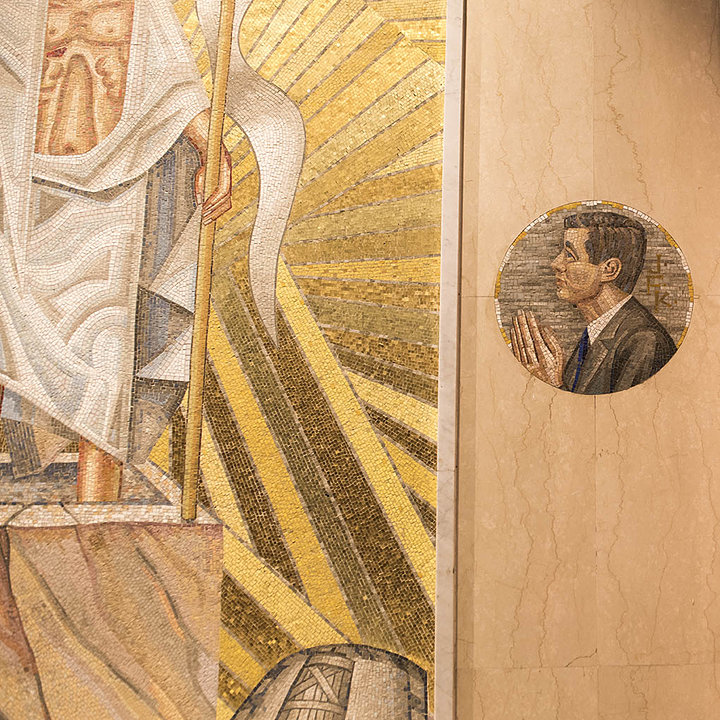 JFK Mosaic
JFK Mosaic
...there is even a mosaic of him in the Cathedral. I've met many from Galway who didn't know that. Rumour has it that JFK's family funded the completion of the Cathedral which was finally finished two years after his visit - progress had previously stalled due to lack of funds.
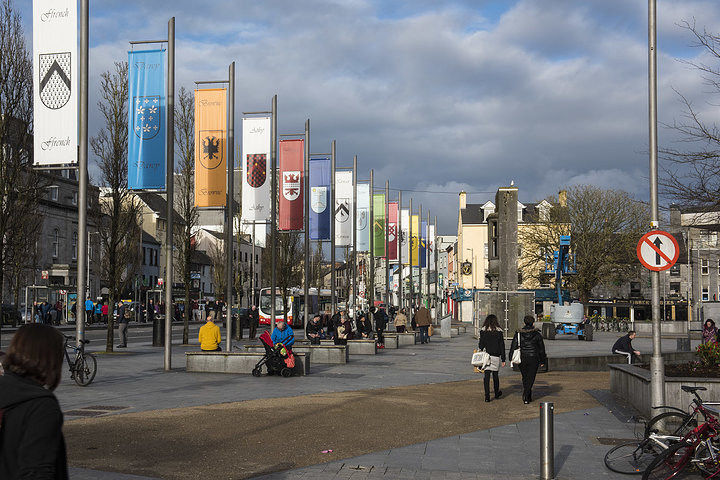 The Fourteen Tribes of Galway
The Fourteen Tribes of Galway
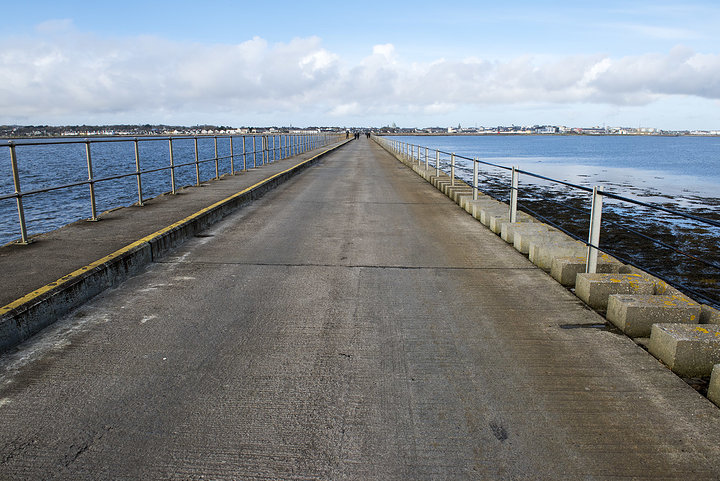 Galway from Mutton Island
Galway from Mutton Island
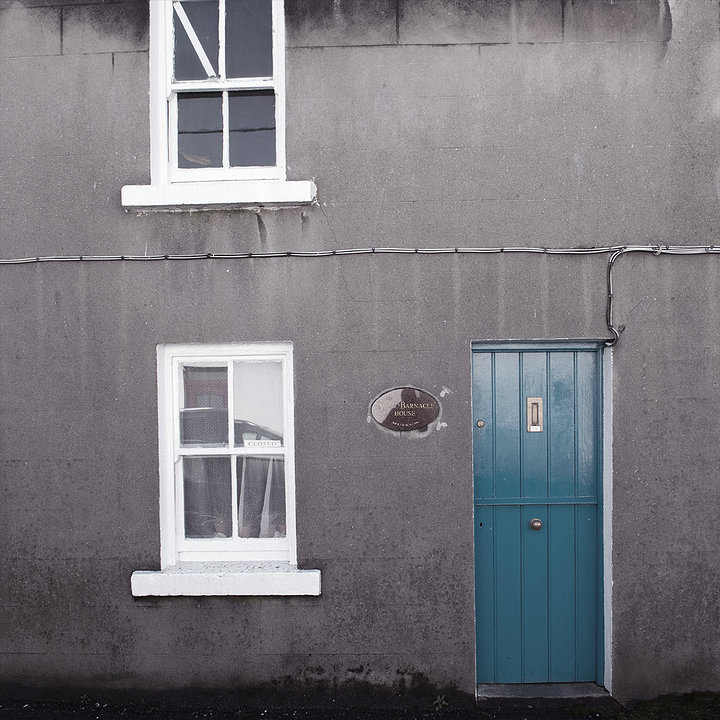 Nora Barnacle's House
Nora Barnacle's House
As the days now lengthen and Article 50 is served I will ramp up my travels to the 28 EU states. In April I plan a whistle stop tour of nine countries in 15 days which will bring my total to 20 so there will be just 8 to go.
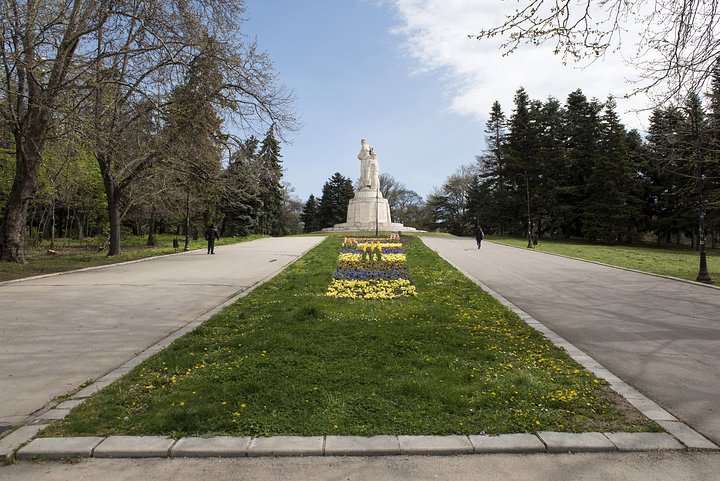
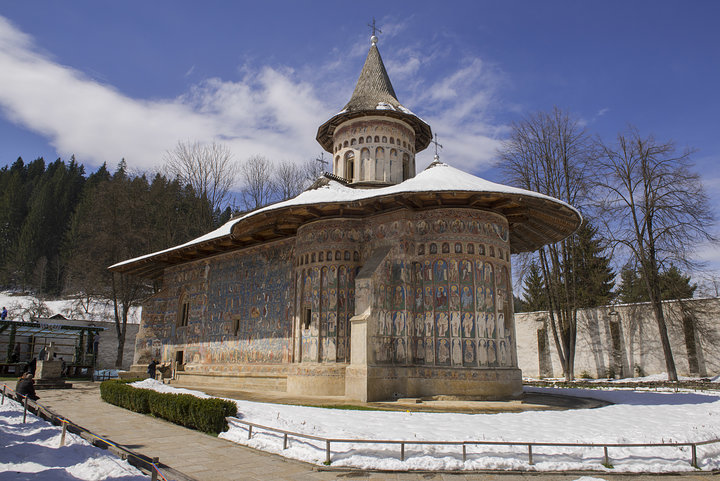
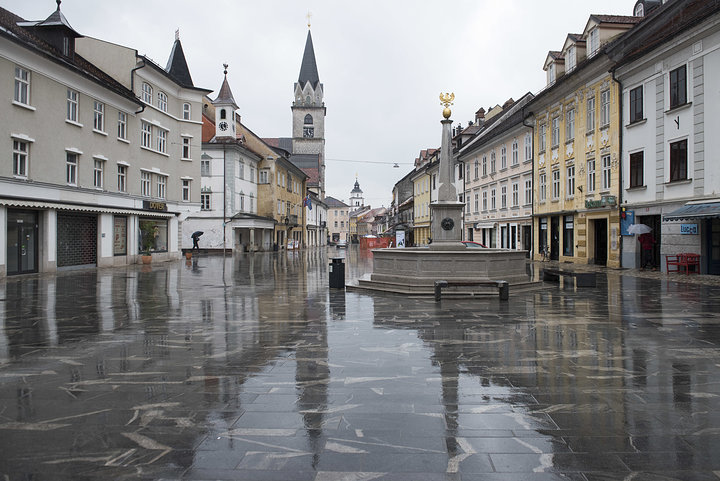
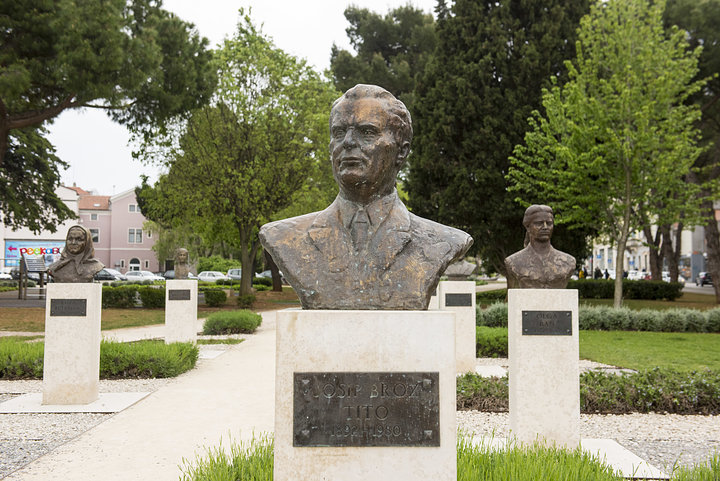
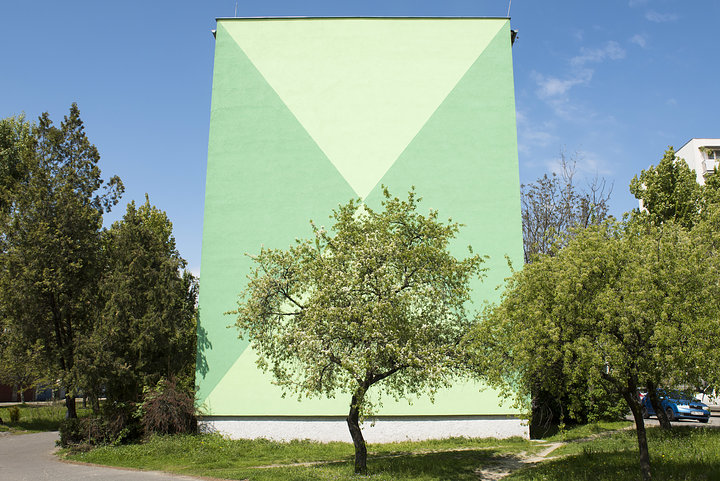
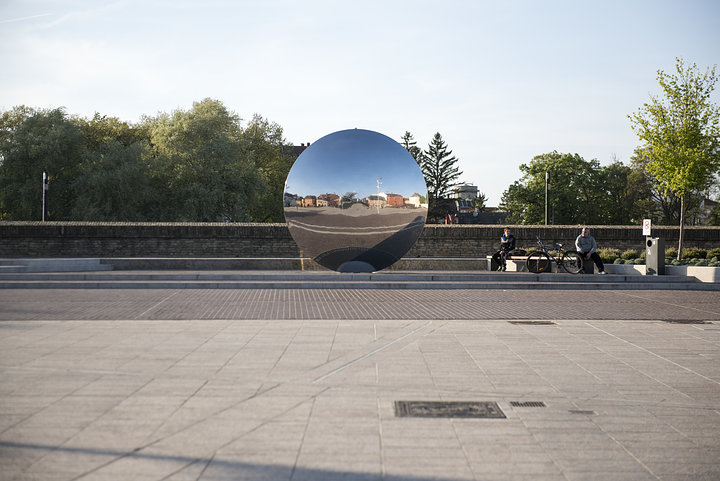
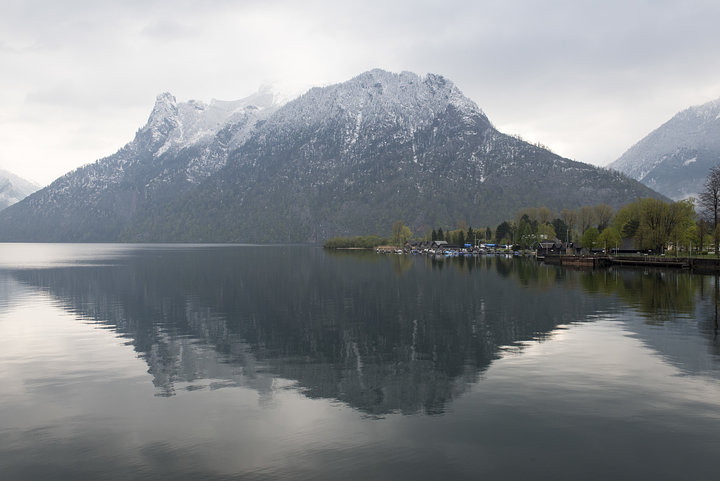
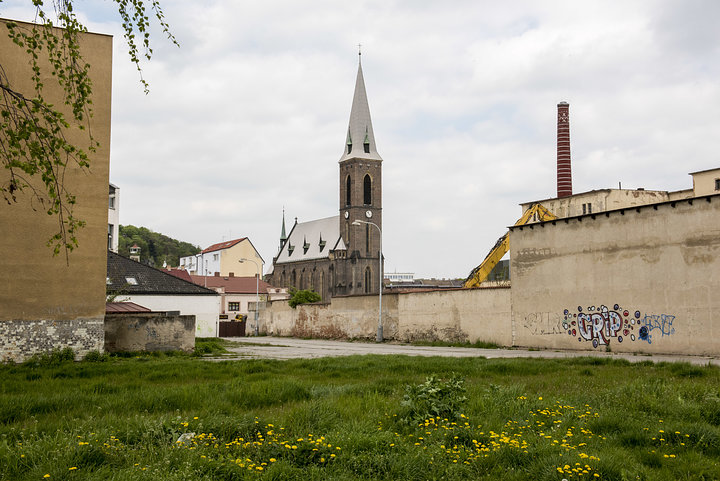
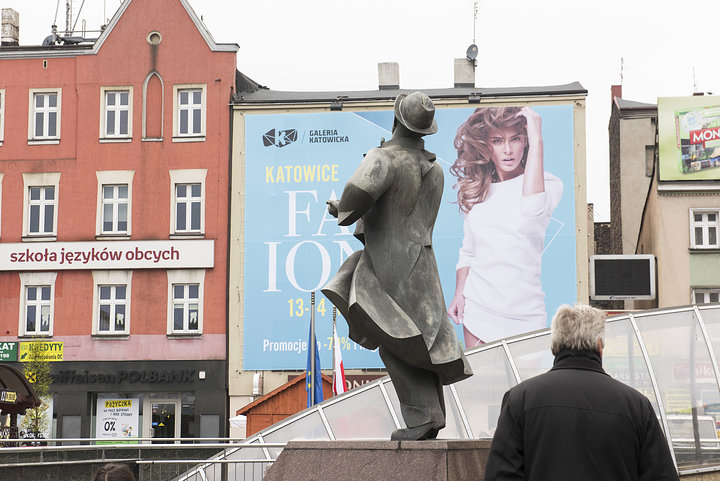
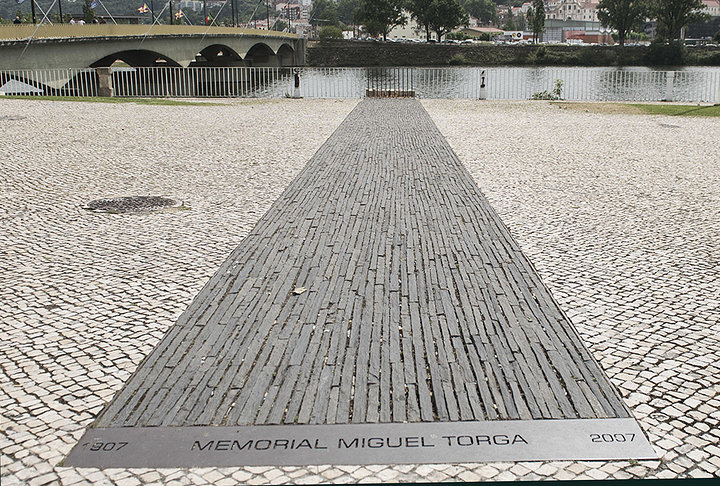
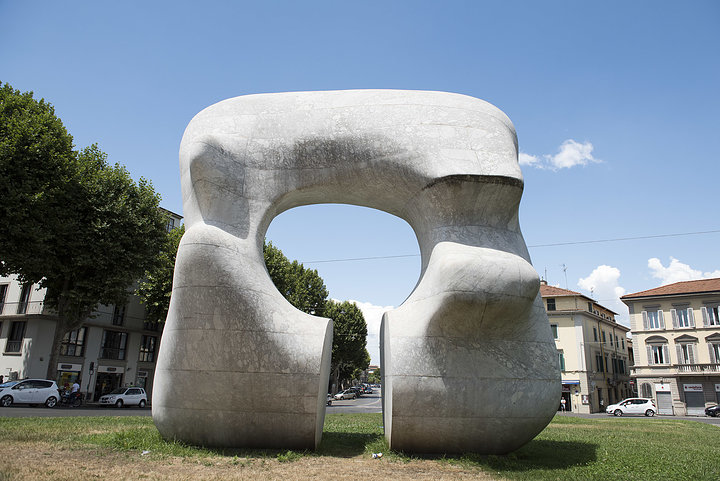
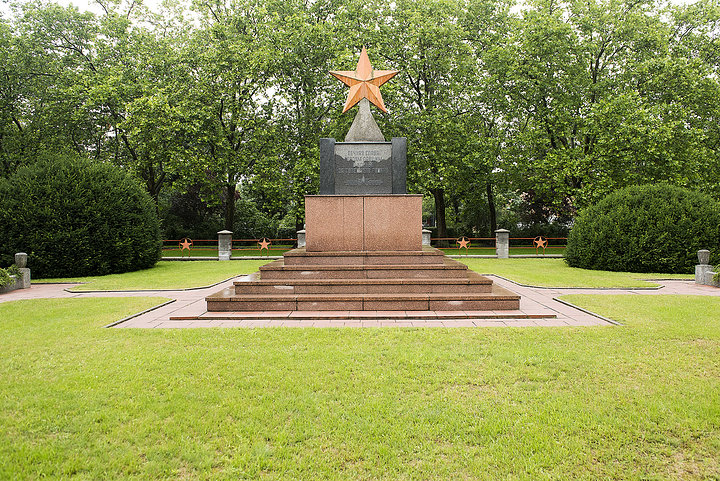
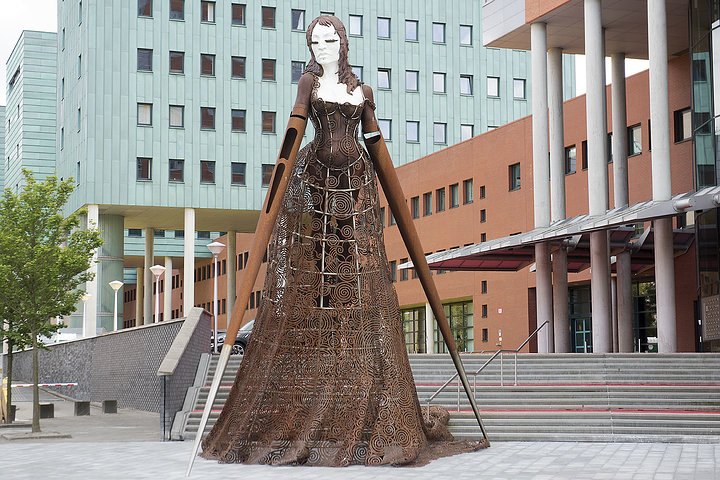
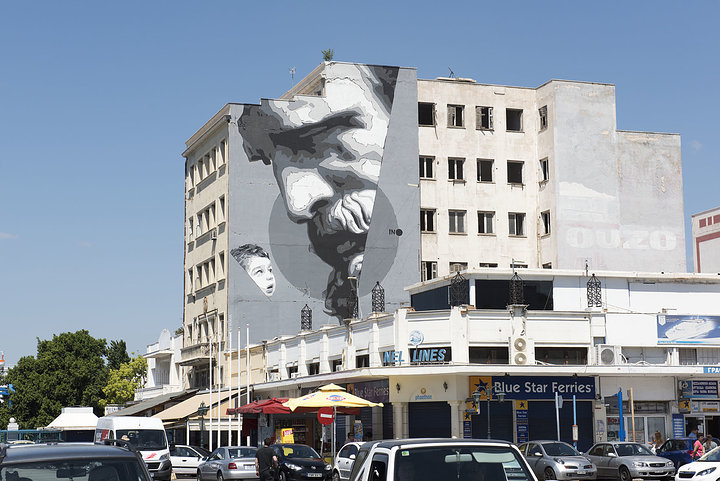
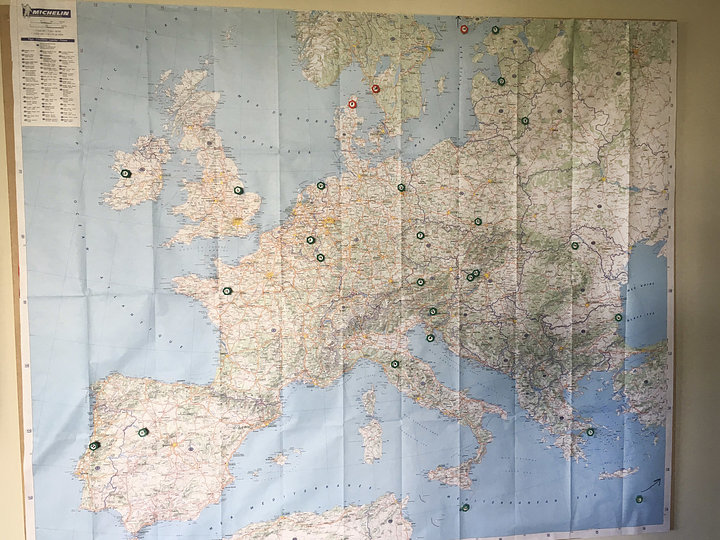

 Mussee de Vieux - Chateau and Pont Vieux
Mussee de Vieux - Chateau and Pont Vieux Basilique Notre Dame d'Avesnieres
Basilique Notre Dame d'Avesnieres Pont de l'Europe
Pont de l'Europe Le Viaduct de Laval
Le Viaduct de Laval Pont Vieux
Pont Vieux City Hall reflection in Plaza Mayor
City Hall reflection in Plaza Mayor Plaza Mayor
Plaza Mayor Lazarillo de Tormes
Lazarillo de Tormes Salamanca from Scala Coeli
Salamanca from Scala Coeli Catedral Nueva
Catedral Nueva The Long Walk
The Long Walk The Long walk with the sun out
The Long walk with the sun out Eyre Square
Eyre Square JFK Mosaic
JFK Mosaic The Fourteen Tribes of Galway
The Fourteen Tribes of Galway Galway from Mutton Island
Galway from Mutton Island Nora Barnacle's House
Nora Barnacle's House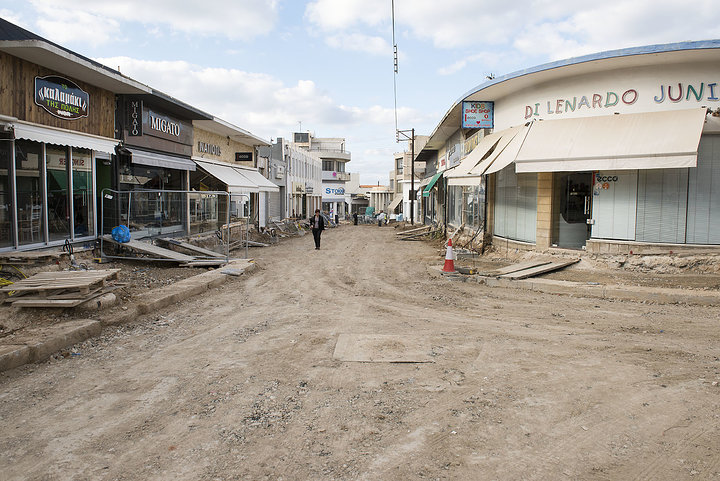 Paphos Town Centre
Paphos Town Centre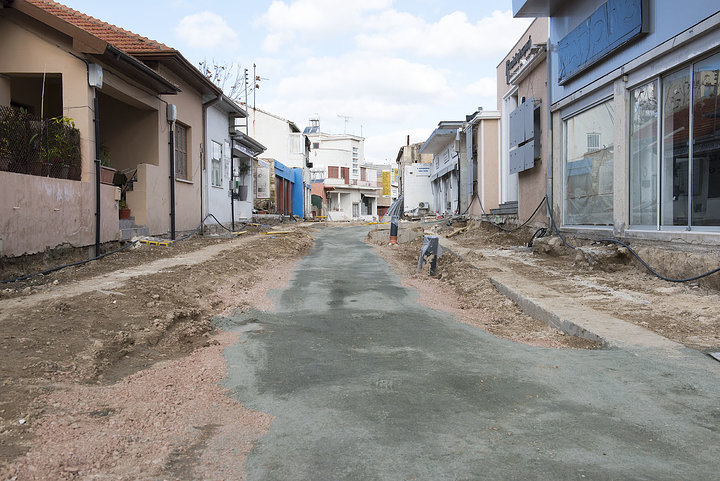 Paphos Town Centre
Paphos Town Centre European City of Culture 2017
European City of Culture 2017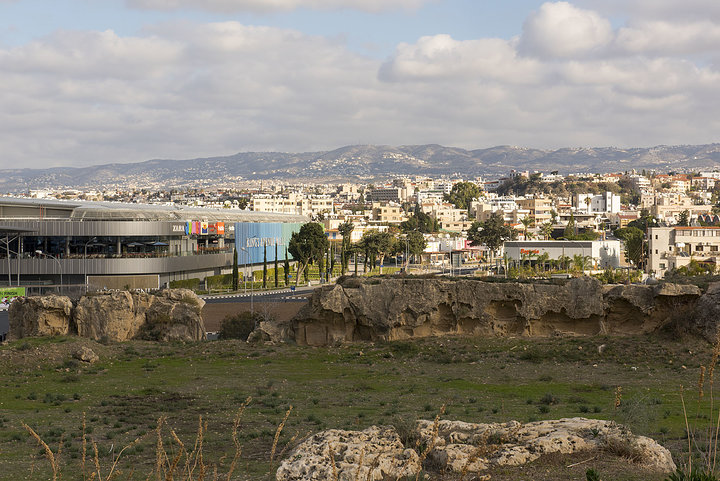 Kings Avenue Mall
Kings Avenue Mall Archaeological Site of Kato Pafos
Archaeological Site of Kato Pafos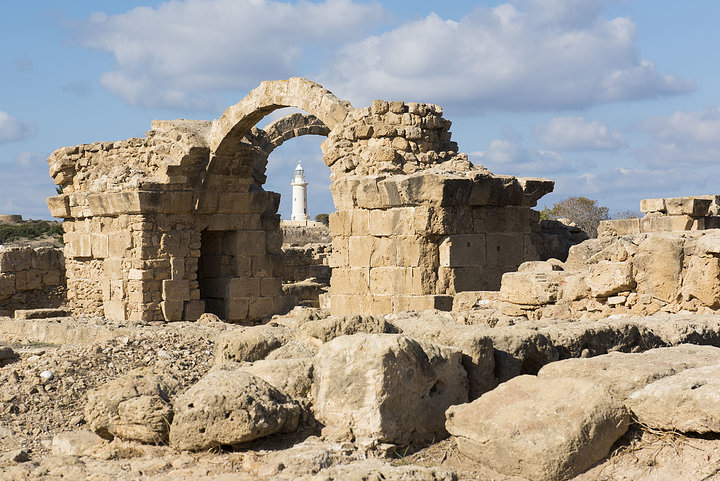 Saranta Kolones Castle
Saranta Kolones Castle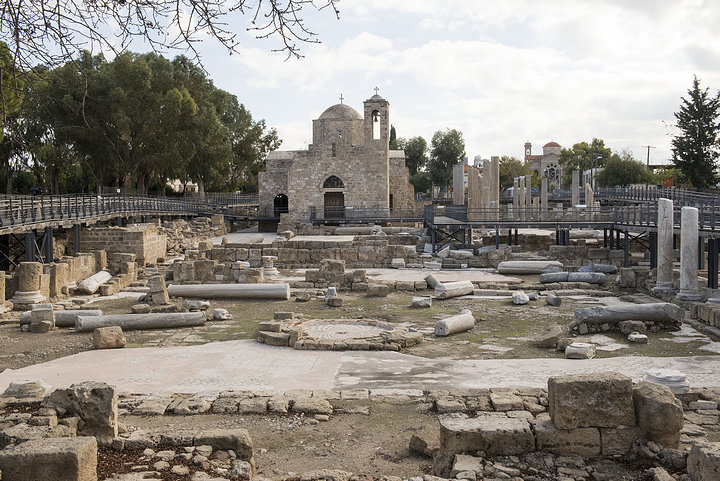 Basilica of Chrysopolitissa
Basilica of Chrysopolitissa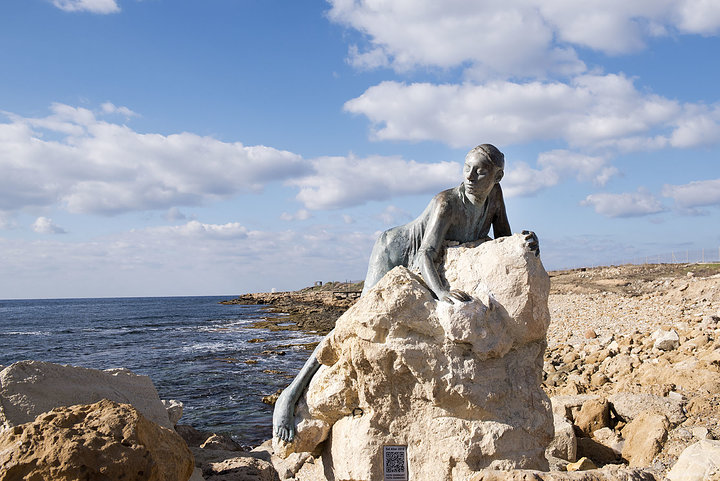 Sol Alter
Sol Alter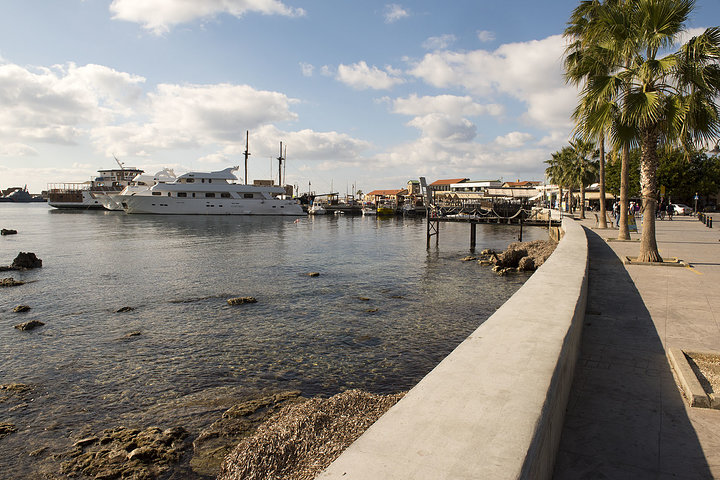 Paphos Port
Paphos Port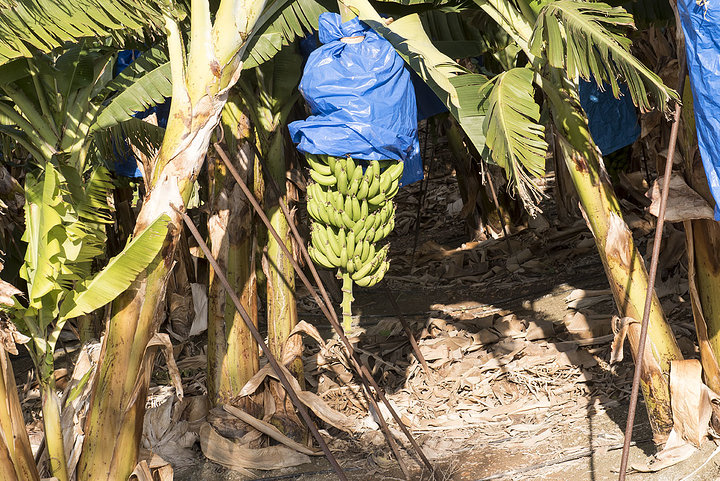 Banana Plantation
Banana Plantation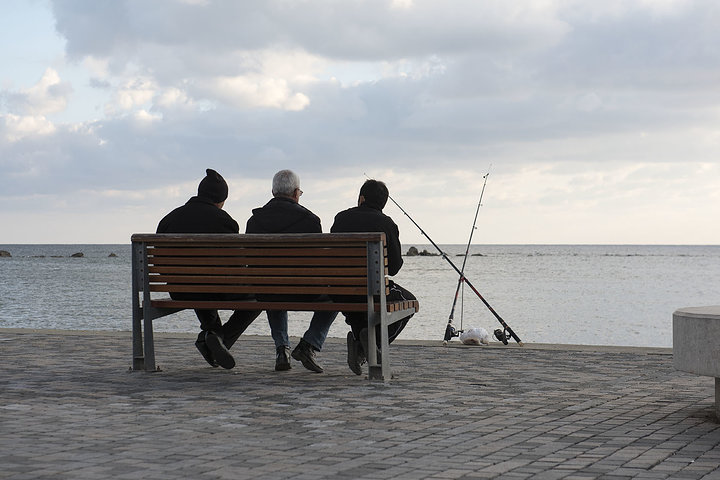 Fishermen Pafos Port
Fishermen Pafos Port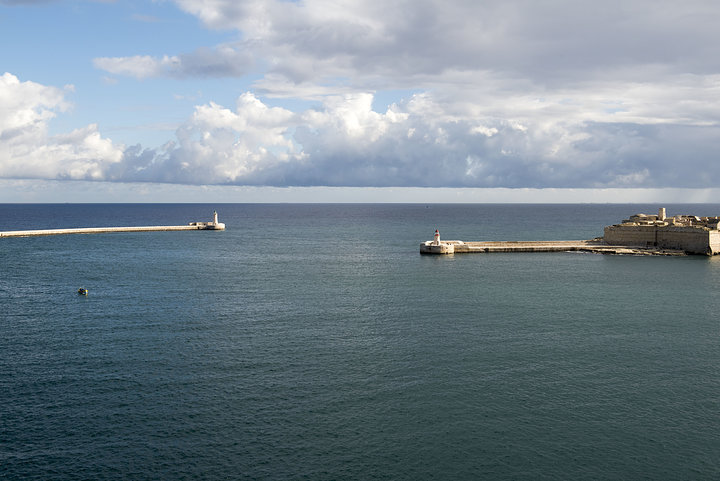 Grand Harbour Entrance
Grand Harbour Entrance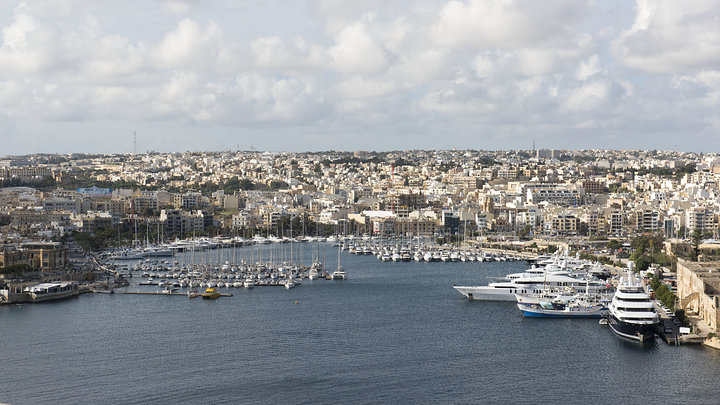 Manoel Island Yacht Marina
Manoel Island Yacht Marina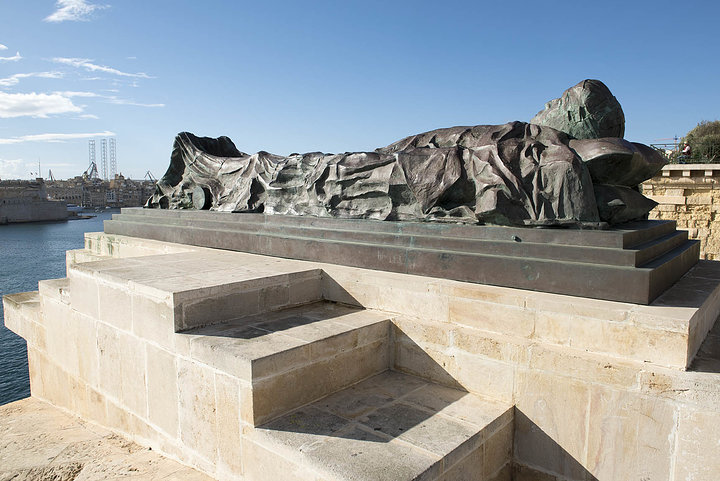 Recumbent Figure at Siege Bell Memorial
Recumbent Figure at Siege Bell Memorial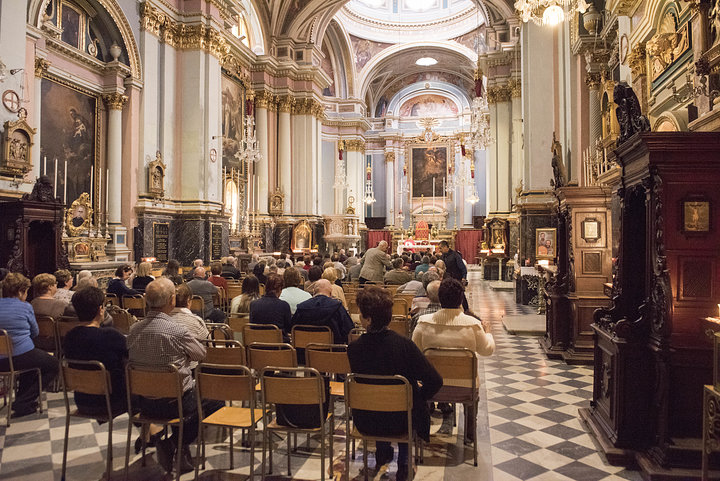 Church of St Francis of Assisi
Church of St Francis of Assisi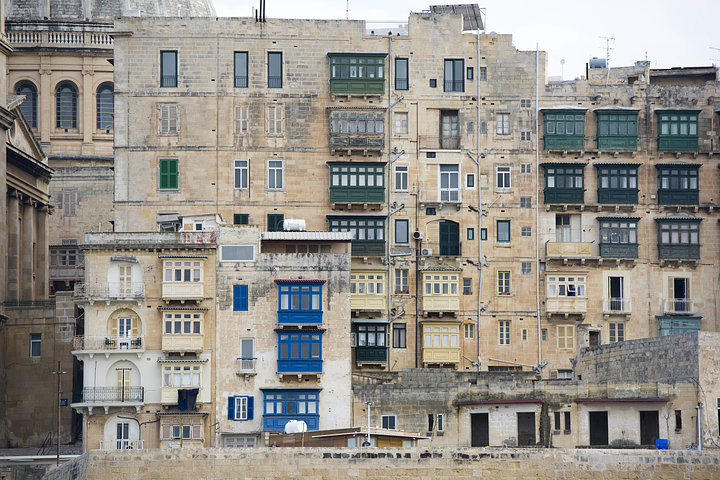 Valletta from Marsamxett Harbour
Valletta from Marsamxett Harbour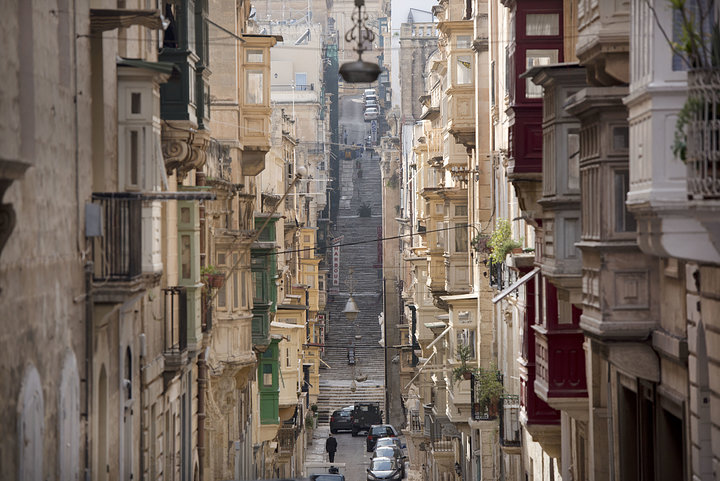 St Ursula Street
St Ursula Street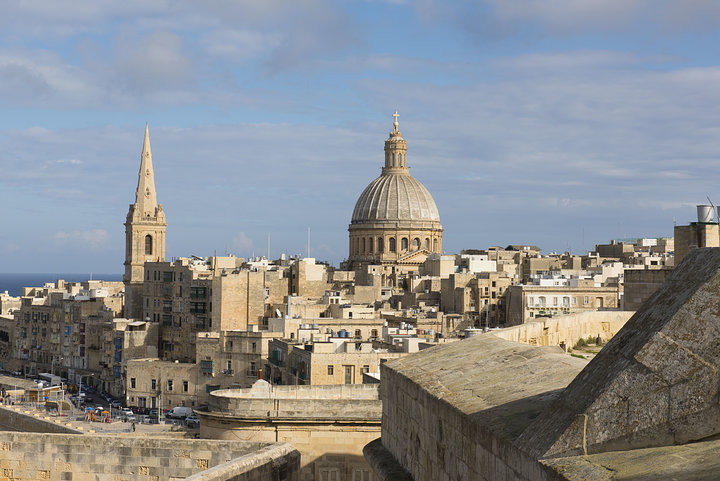 Our Lady of Mount Carmel and St Paul's Anglican Cathedral
Our Lady of Mount Carmel and St Paul's Anglican Cathedral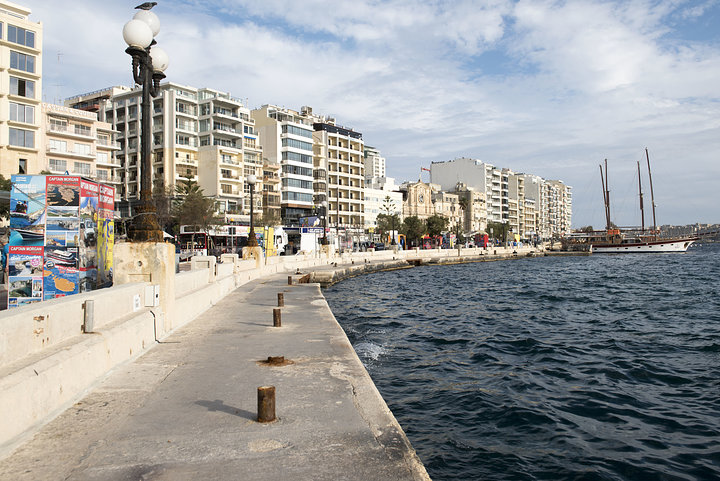 Sliema Waterfront
Sliema Waterfront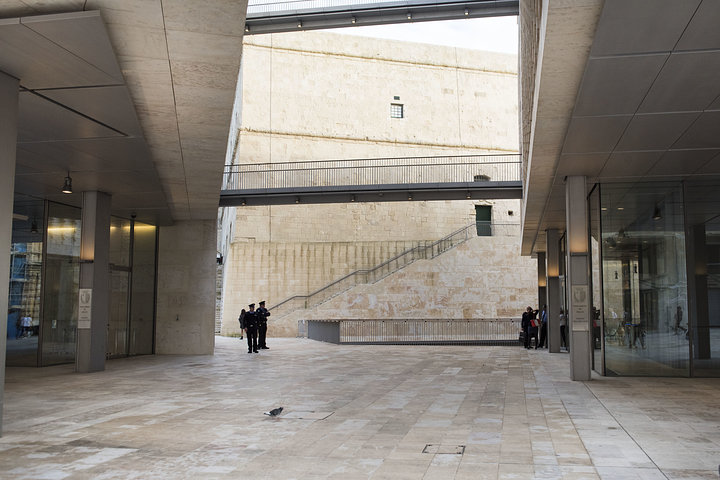 Parliament Building
Parliament Building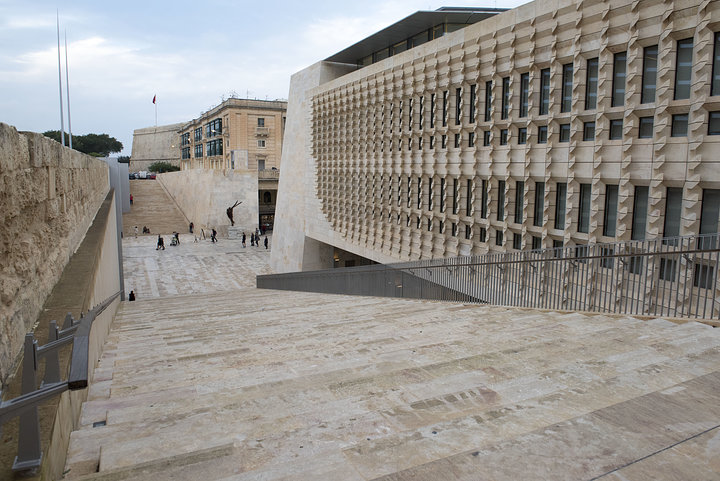 Freedom Square and City Gate
Freedom Square and City Gate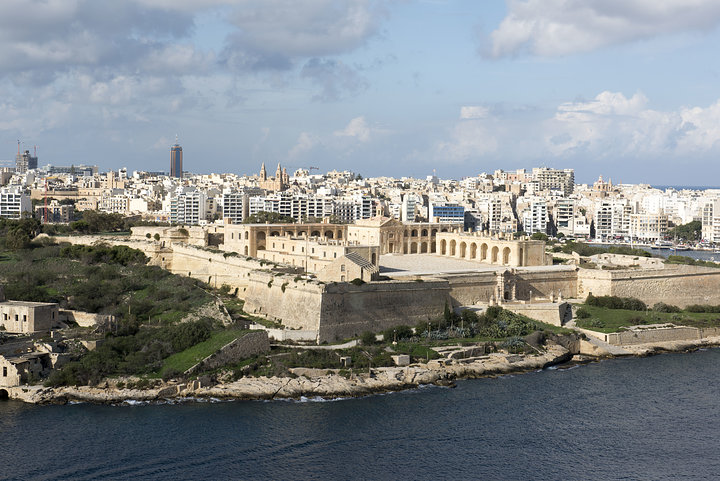 Fort Manoel. Manoel Island
Fort Manoel. Manoel Island